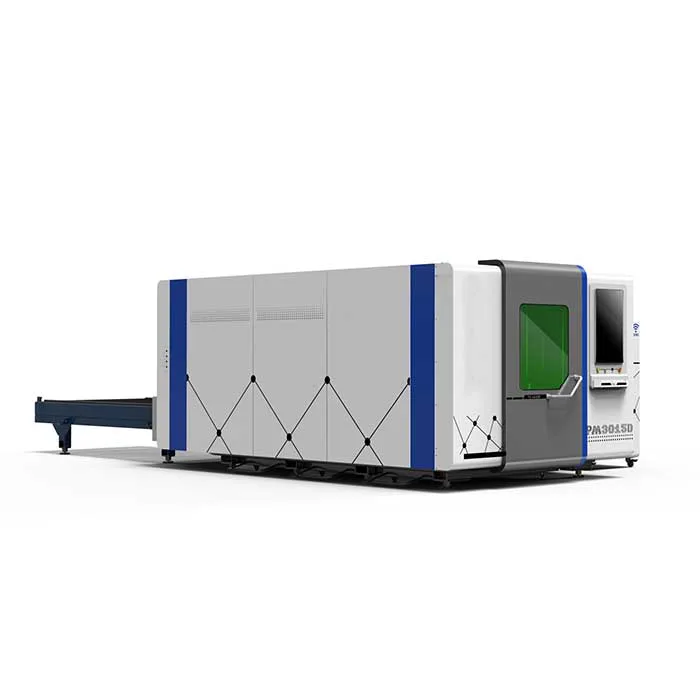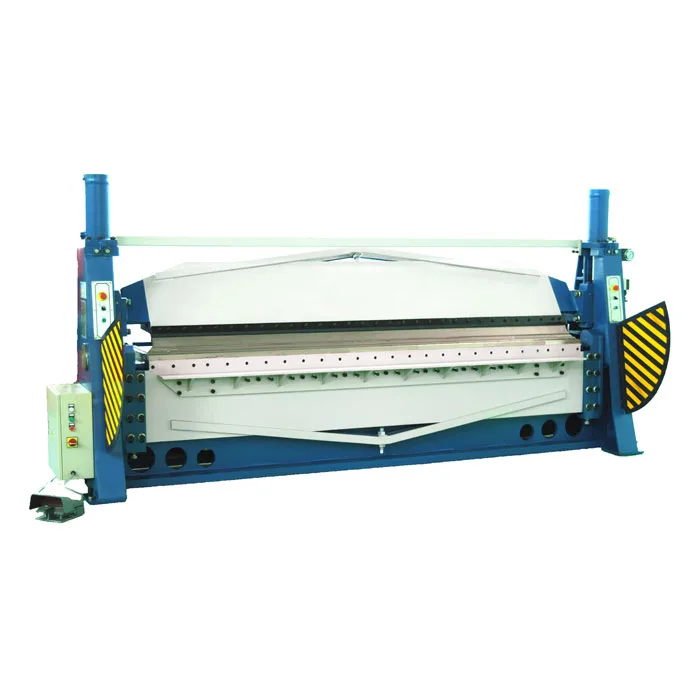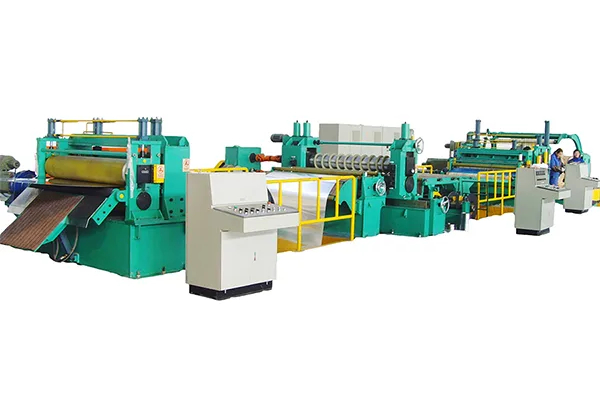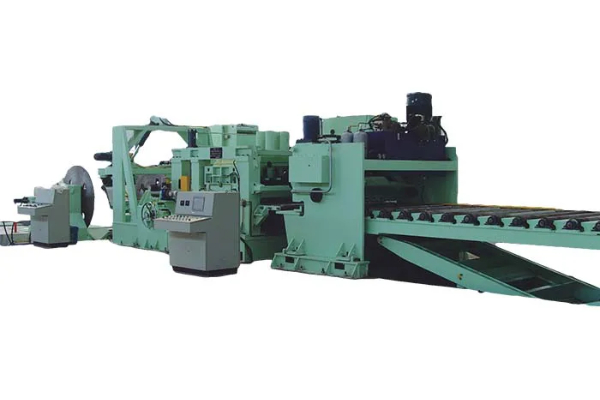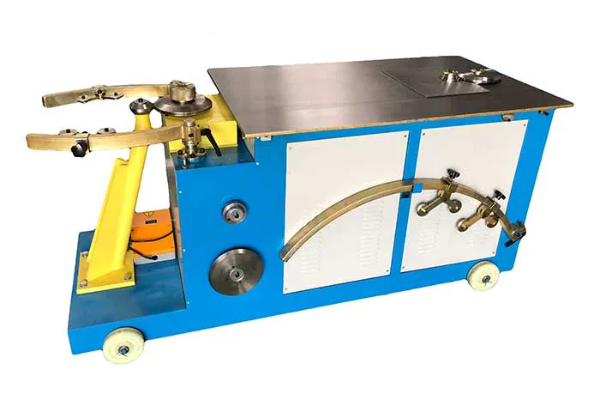
A Comprehensive Guide to Maintaining Your Duct Zipper Machine
- By:Metmac
- 2024-05-09
- 167
A Comprehensive Guide to Maintaining Your Duct Zipper Machine: Ensuring Seamless Airflow and System Longevity
In the labyrinthine realm of HVAC operations, the duct zipper machine reigns supreme, orchestrating the intricate tapestry of air distribution systems. As a vital cog in this atmospheric symphony, its meticulous maintenance is paramount to safeguard its flawless performance and prolong its operational lifespan.
Essential Components of a Duct Zipper Machine
1. Zipper Blades: These serrated blades slice through sheet metal, forming interlocking seams that create airtight connections.
2. Power Pinch Rollers: These rollers securely grip the sheet metal, ensuring a firm and accurate cut.
3. Pneumatic System: This mechanism governs the movement of the blades and rollers, providing controlled power.
Maintenance Checklist for Peak Performance
1. Lubrication: Regularly lubricate all moving parts, such as blades, bearings, and linkages, to minimize friction and prevent premature wear.
2. Blade Sharpening: Inspect blades periodically for signs of dullness or wear. Sharpen or replace dull blades to maintain precise cuts and airtight seals.
3. Roller Maintenance: Clean and inspect power pinch rollers regularly to remove any debris that may impede their grip.
4. Pneumatic System Checkup: Ensure the pneumatic system is functioning correctly by checking for leaks, proper pressure, and free movement of components.
5. Electrical Safety: Verify the electrical connections and wiring are secure and free of damage to prevent electrical hazards.
Troubleshooting Common Issues
1. Jagged Cuts: Dull blades or misaligned rollers can result in uneven or torn cuts. Sharpen or adjust components as necessary.
2. Leaking Seams: Poor blade alignment or improper lubrication can lead to gaps in the seams. Recalibrate blades or apply lubricant to ensure airtight connections.
3. Machine Jams: Blockages caused by debris or misaligned sheet metal can halt the machine. Clear obstructions and adjust settings to prevent jamming.
4. Excessive Noise: Worn or damaged bearings or gears can produce excessive noise. Replace or lubricate affected components to restore quiet operation.
Enhancing System Longevity
1. Cover and Protect: Store the duct zipper machine in a dry and dust-free environment when not in use.
2. Continuous Improvement: Regularly monitor the machine’s performance and seek opportunities for upgrades or enhancements to optimize its operation.
3. Professional Servicing: Schedule periodic inspections and maintenance by a qualified technician to ensure optimal functionality and early detection of potential issues.
By adhering to this comprehensive maintenance guide, you can harness the full potential of your duct zipper machine, ensuring seamless airflow, prolonging its lifespan, and guaranteeing the efficient and reliable operation of your HVAC system for years to come.
-
Sheet Metal Press Brake: The Pillar of Precision Bending with METMAC
2025/11/18 -
Metal Sheet Punching Machine: Unleashing Efficiency and Versatility with METMAC
2025/11/18 -
Metal Folding Machine: The Art of Precision Bending with METMAC
2025/11/18 -
Steel Laser Cutter Machine: The METMAC Standard for Unmatched Precision and Durability
2025/11/18
-
Advanced Sheet Metal Rolling, Laser Cutting, and Folding Machines for Precision Fabrication
2025/10/31 -
High-Performance Sheet Metal Bending and Cutting Machines for Modern Fabrication
2025/10/31 -
High-Quality Sheet Metal Equipment for Sale: Efficient Solutions for Modern Manufacturing
2025/10/31 -
High-Performance Sheet Metal Equipment for Sale: Forming and Shearing Solutions for Modern Fabrication
2025/10/22
-
A Guide to the Latest Innovations in Sheet Metal Folding Machines
2024/11/29 -
Key Features to Consider When Investing in a Sheet Metal Folding Machine
2024/11/28 -
Enhancing Precision with Advanced Sheet Metal Folding Machines
2024/11/27 -
How to Choose the Right Sheet Metal Folding Machine for Your Workshop
2024/11/26

